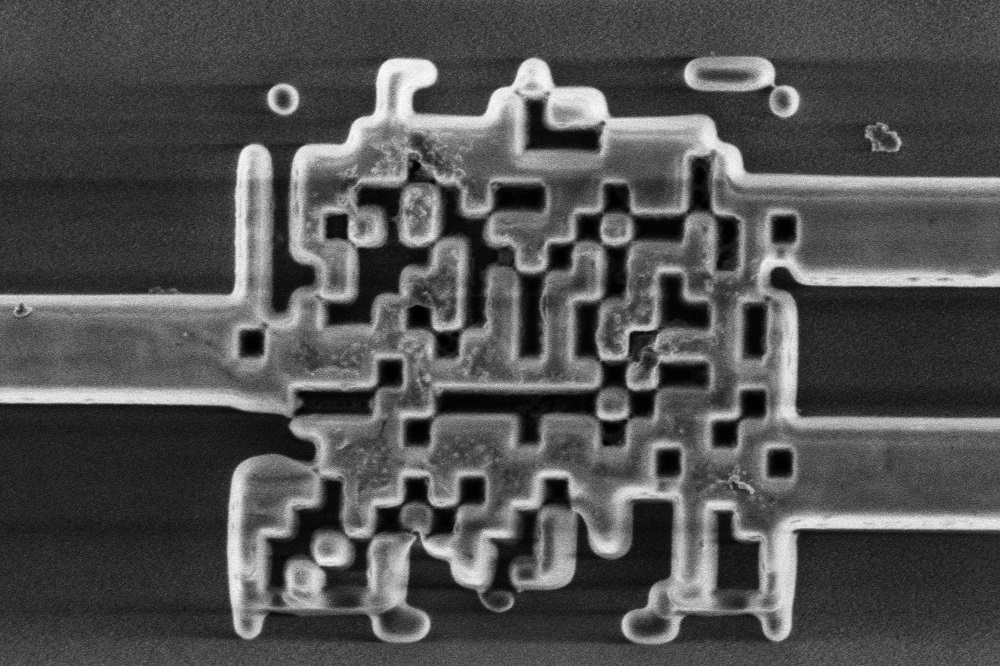Source: GE Illuminated Minds
Wired technology is now largely a thing of the past. We now use wireless networks and new for faster computing and communication devices. But where do we go next? Every day we read another article that suggests the future is closer than we think. Whether it’s artificial intelligence, robots in the home, or technology that will make today’s ‘supercomputers’ as outdated as the dinosaur.
Running on information based on light rather than electrons is a huge advancement towards a future driven by light and LED technology
When it comes to computing, while networks and Internet speeds may far exceed what they once were, there are hard limitations and consumers and researchers are struggling to find systems that can handle today’s Big Data processes.
However, for everyday business and consumer technology, 50,000 computers is unlikely to be a viable solution to our current data saturation. Enter ‘quantum computing’.
A recent Economist article explained the emergence of computers that don’t rely on electricity, the flow of electrons and binary ‘on-off’ bits to process information. Instead, these machines take advantage of quantum uncertainty, in which the state of subatomic particles is unclear, meaning that until observed, they are effectively in two states at once (as in the classic Schrödinger’s cat thought experiment). This utilization of quantum possibilities essentially sidesteps the speed limitations of current computing technology.
 |
|
(Photo courtesy of Dan Hixson/University of Utah College of Engineering) |
As for what these particles are actually made of, there are various options: nitrogen atoms in a diamond lattice, magnetically-gripped calcium ions, polarised light photons, even the electrical charges in superconductors. However, given the growing use of light photons in data transmission (e.g. in fiber-optic internet cables) many researchers see photons as the favorite option for commercial quantum computing applications.
Many researchers see photons as the favorite option for commercial quantum computing applications
In today’s fiber-optic networks, photons carry information at the speed of light until it reaches the laptop or smartphone connected to the network. At this point, the data must be ‘handed over’ to electrons which is all that current computers can handle. Engineers at the University of Utah are looking at solutions using light waves.“Light is the fastest thing you can use to transmit information. But that information has to be converted to electrons when it comes into your laptop,” lead researcher of the study, Rajesh Menon says. “In that conversion, you’re slowing things down.” To overcome this barrier, they have developed an ultracompact beam splitter capable of dividing the light waves into separate channels of information. This beam splitter in turn makes it possible for the researchers to develop silicon chips capable of running on information based on light rather than electrons – a huge advancement towards a future driven by light and LED technology. Publishing their research in the journal Nature Photonics, the team hopes to rule out the need for electron transmission in computing completely.
This is not to say that quantum computers would necessarily download web pages faster or improve the graphics of computer games. But they would handle problems of image and speech recognition, and language translation in real-time. And in terms of handling volumes of data rapidly, they should be perfect for the Big Data era in which we find ourselves. Hardly surprising then that giants such as Google, Hewlett-Packard, IBM, and Microsoft are all hoping to develop the first commercial quantum computer.
The benefits will also go far beyond faster processing speeds. Researchers expect that the technology’s ability to shuttle photons instead of electrons will consume far less power, generate less heat, and result in longer battery life, all while operating at the speed of light. And when these silicon chips meet LED technology, the implications could be outstanding for smart cities, whose citizens would reap the benefits of instant data transmission, faster than the blink of an eye.
“The vision is to do everything in light” Menon says. “With light, computing can eventually be millions of times faster [than it is today].”












